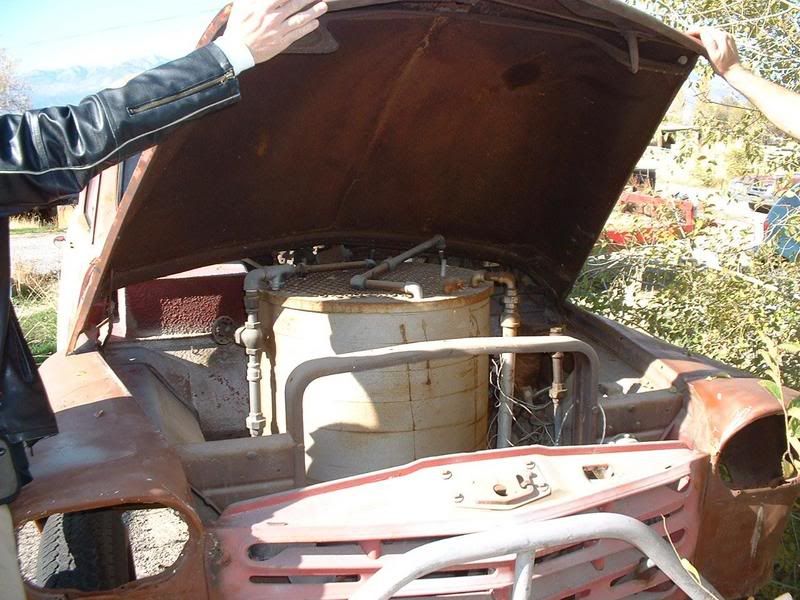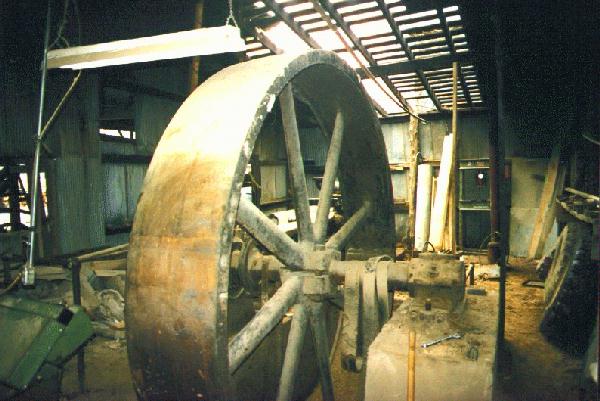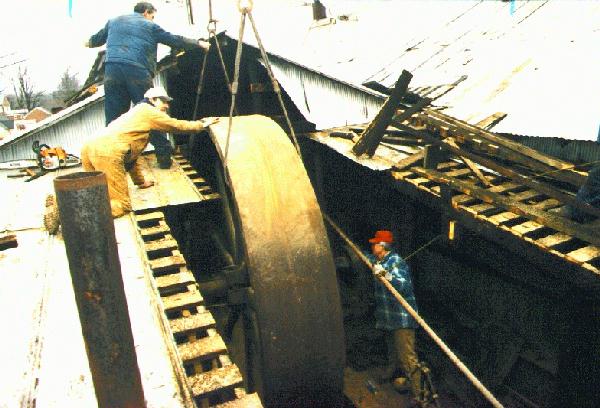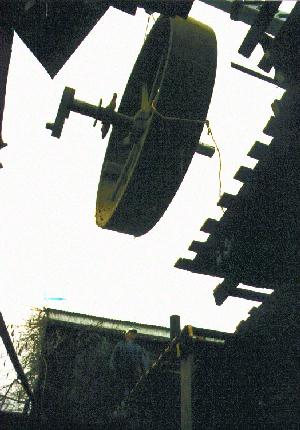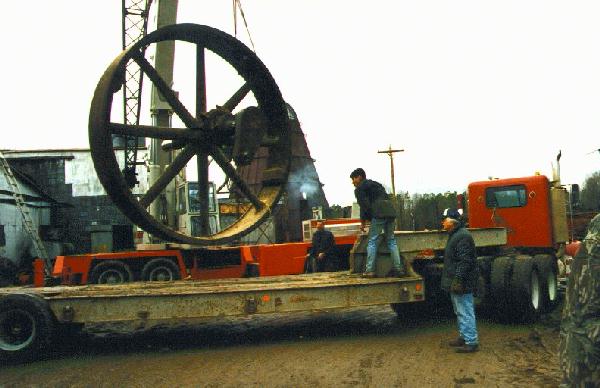Any products out there that are economically viable to product electricity from a wood fired boiler? You would think with the increase in cost of energy there would be products getting cost effective...leme see..
I spend a minimum of $200.00 per month...$2400.00 per year, in grid supplied electricity. Times three....(For three year ROI) $7400 bucks to invest into a replacement for getting off the grid assuming at least a 12 year life span... Also alternative energy related tax breaks or incentives...any one build a business model yet? Would love to find a way to turn all that wood into electricity and have yet another reason to invest in saws..
(I understand there will be NO gov incentives for wood fired ANY thing because they haven't yet figured out how to TAX wood at the same levels they can tax the entire Oil producing infrastructure. They typically will do some twisted licensing scheme based on emission or some crap like that...a more devious way to get public behind taxing wood lot owners using their resources.)
I spend a minimum of $200.00 per month...$2400.00 per year, in grid supplied electricity. Times three....(For three year ROI) $7400 bucks to invest into a replacement for getting off the grid assuming at least a 12 year life span... Also alternative energy related tax breaks or incentives...any one build a business model yet? Would love to find a way to turn all that wood into electricity and have yet another reason to invest in saws..

(I understand there will be NO gov incentives for wood fired ANY thing because they haven't yet figured out how to TAX wood at the same levels they can tax the entire Oil producing infrastructure. They typically will do some twisted licensing scheme based on emission or some crap like that...a more devious way to get public behind taxing wood lot owners using their resources.)
Last edited:
























































